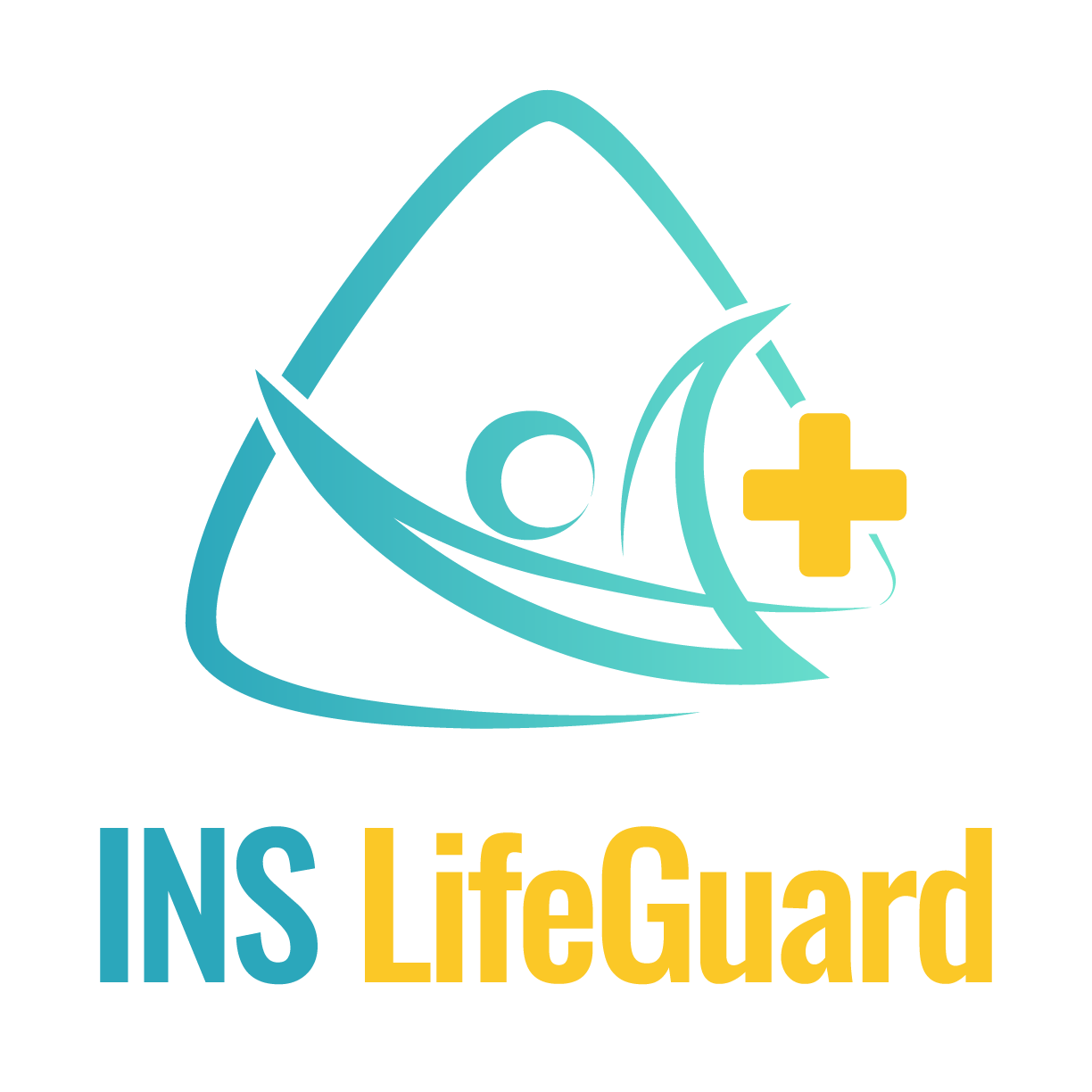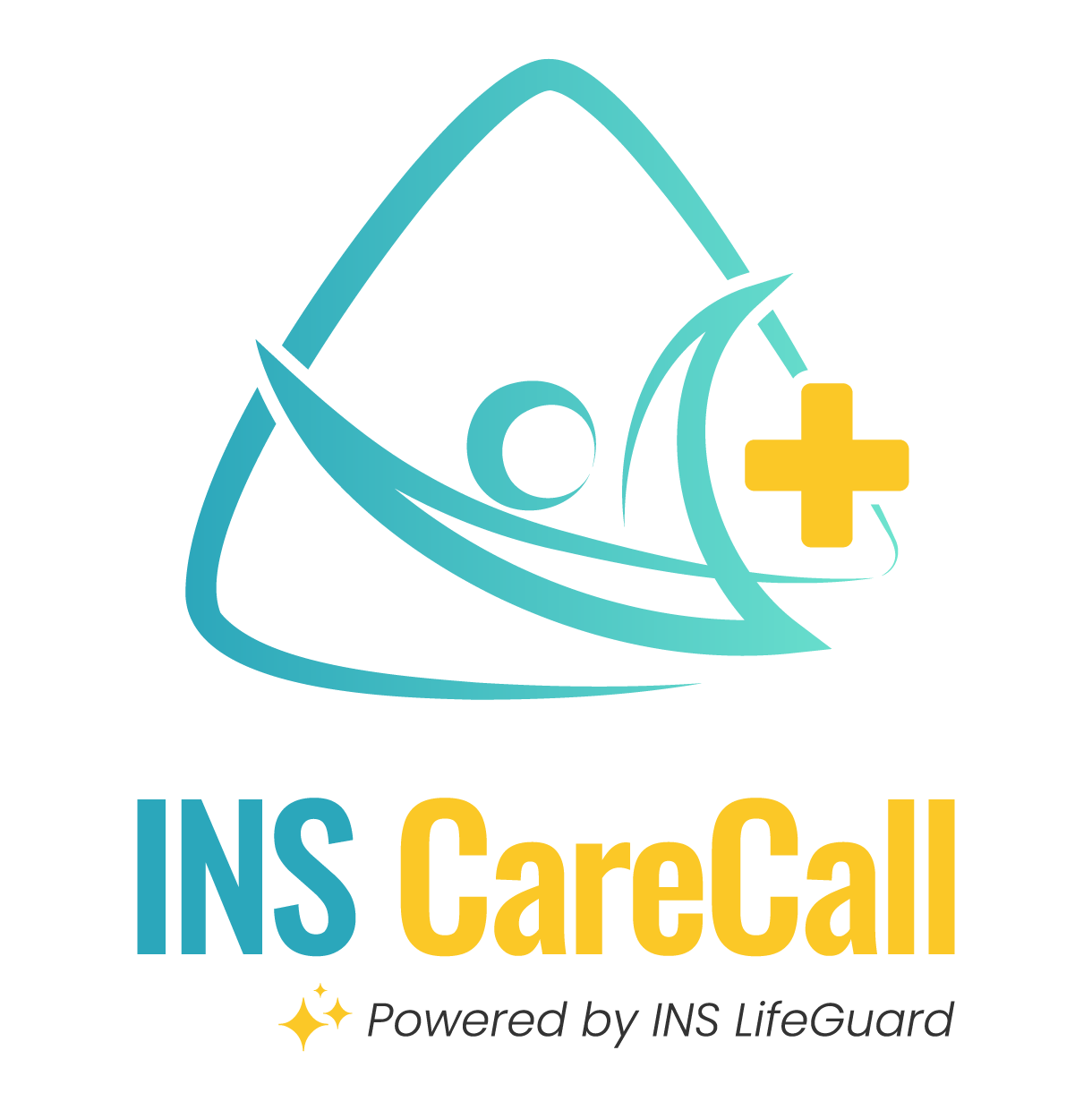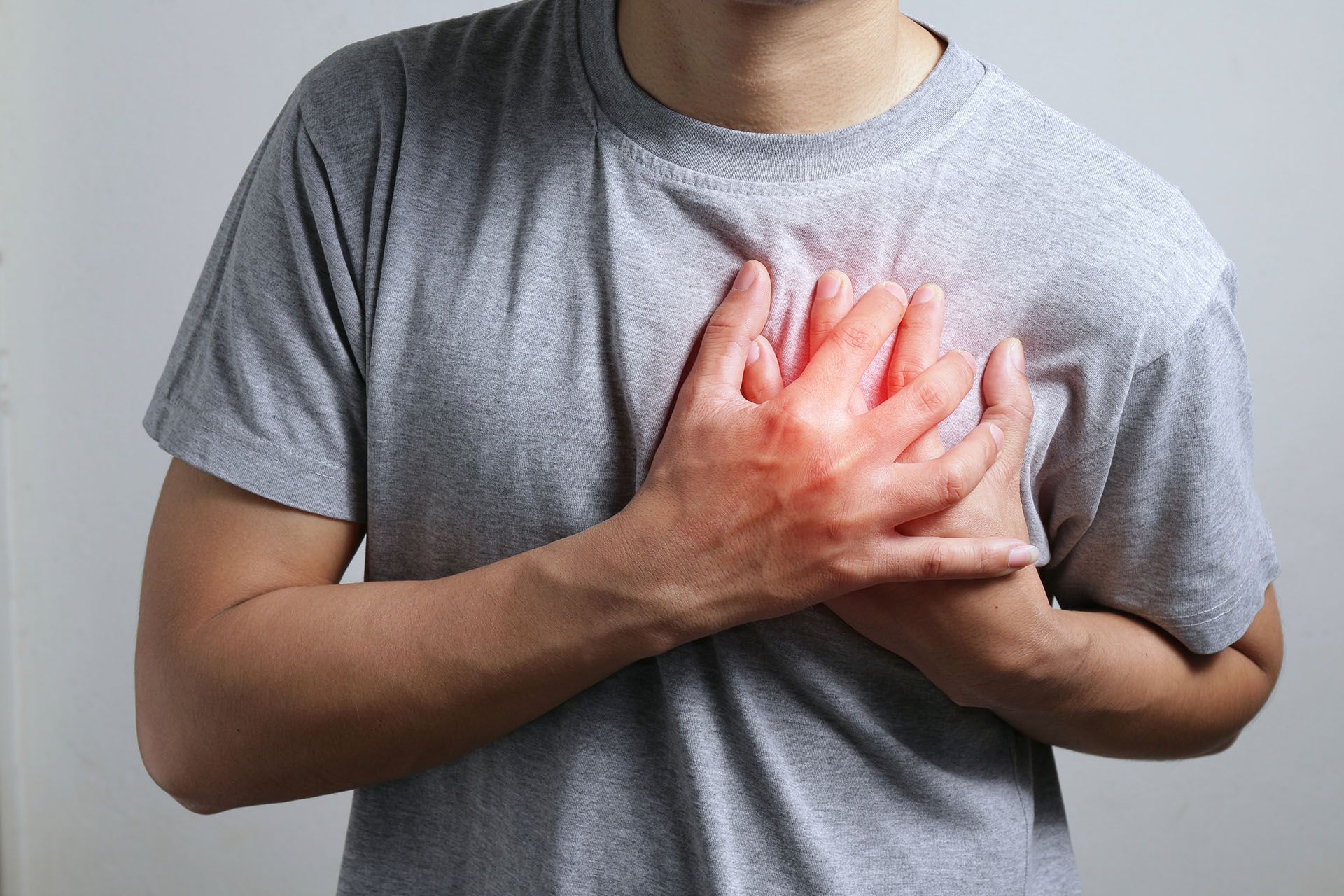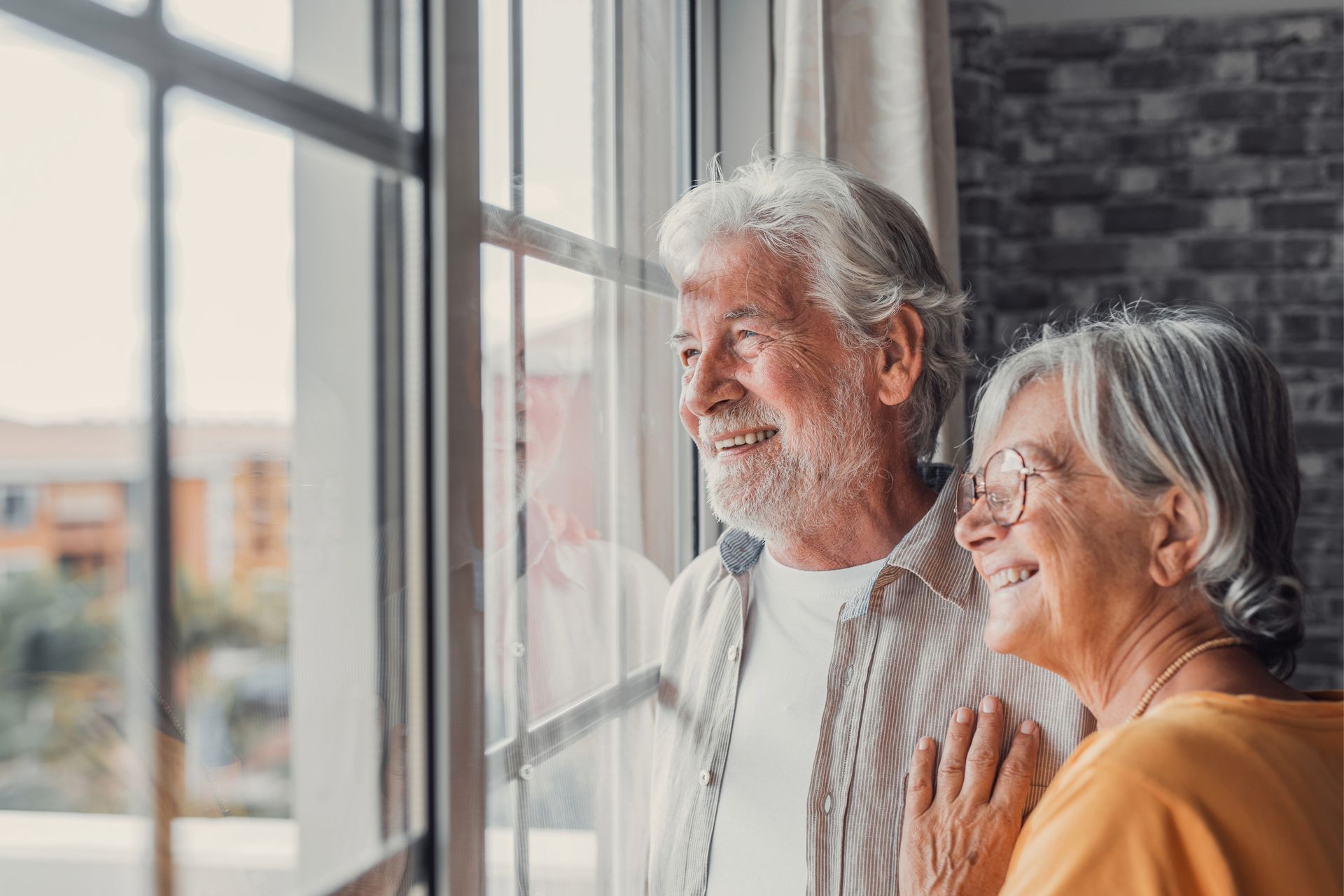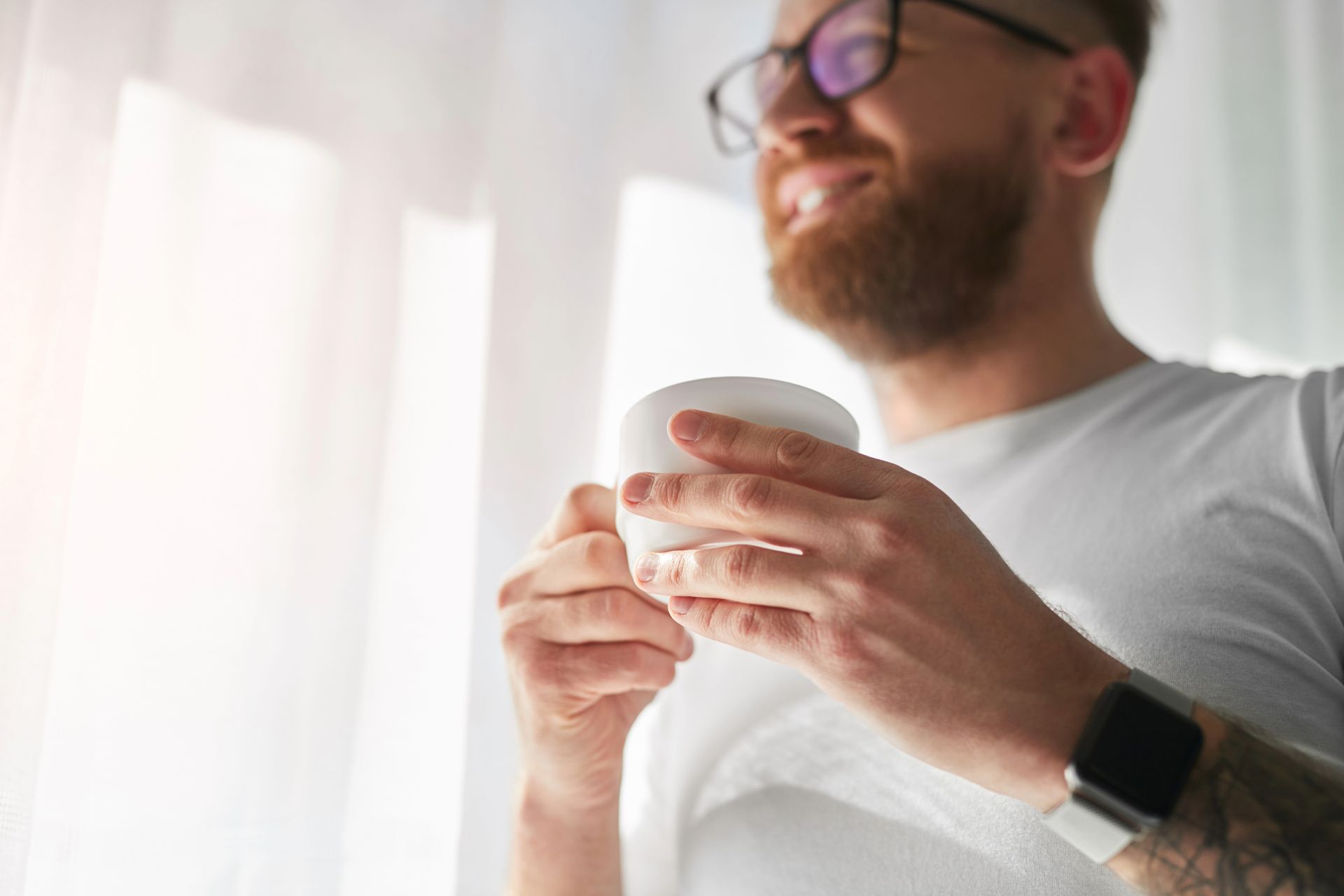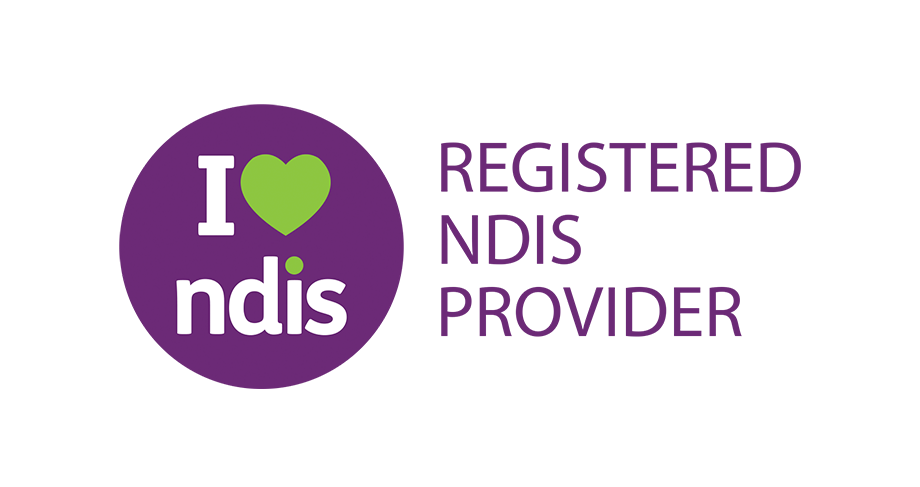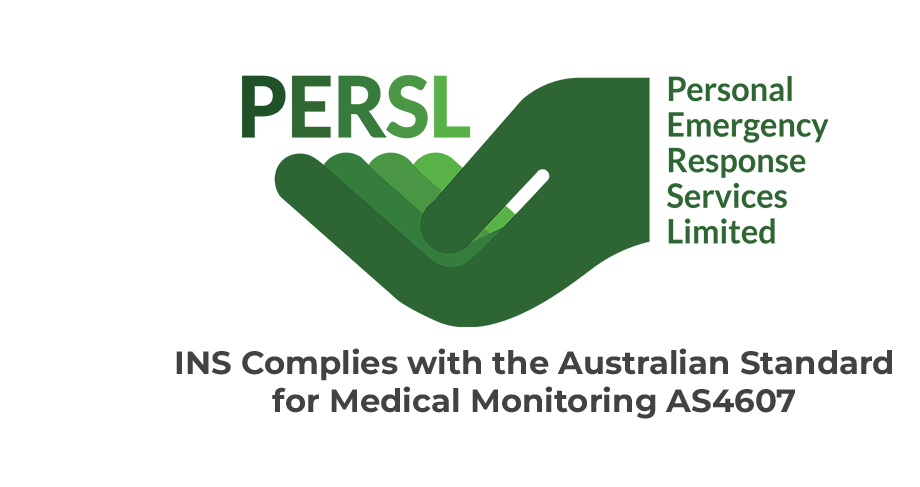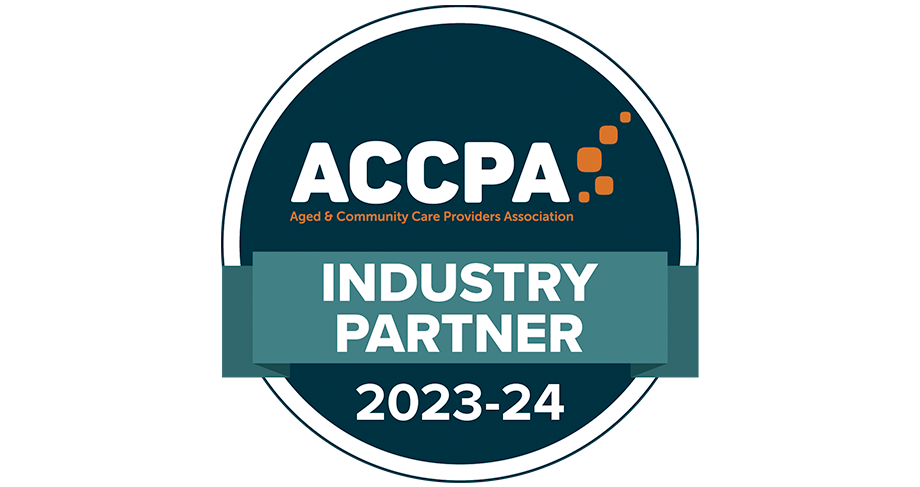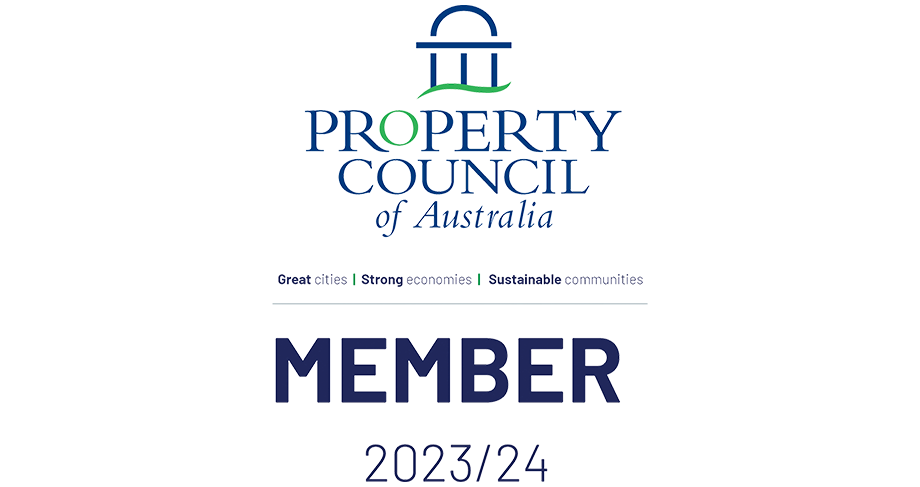INS LifeGuard
Osteoporosis: How to Live With This Common Bone Disease
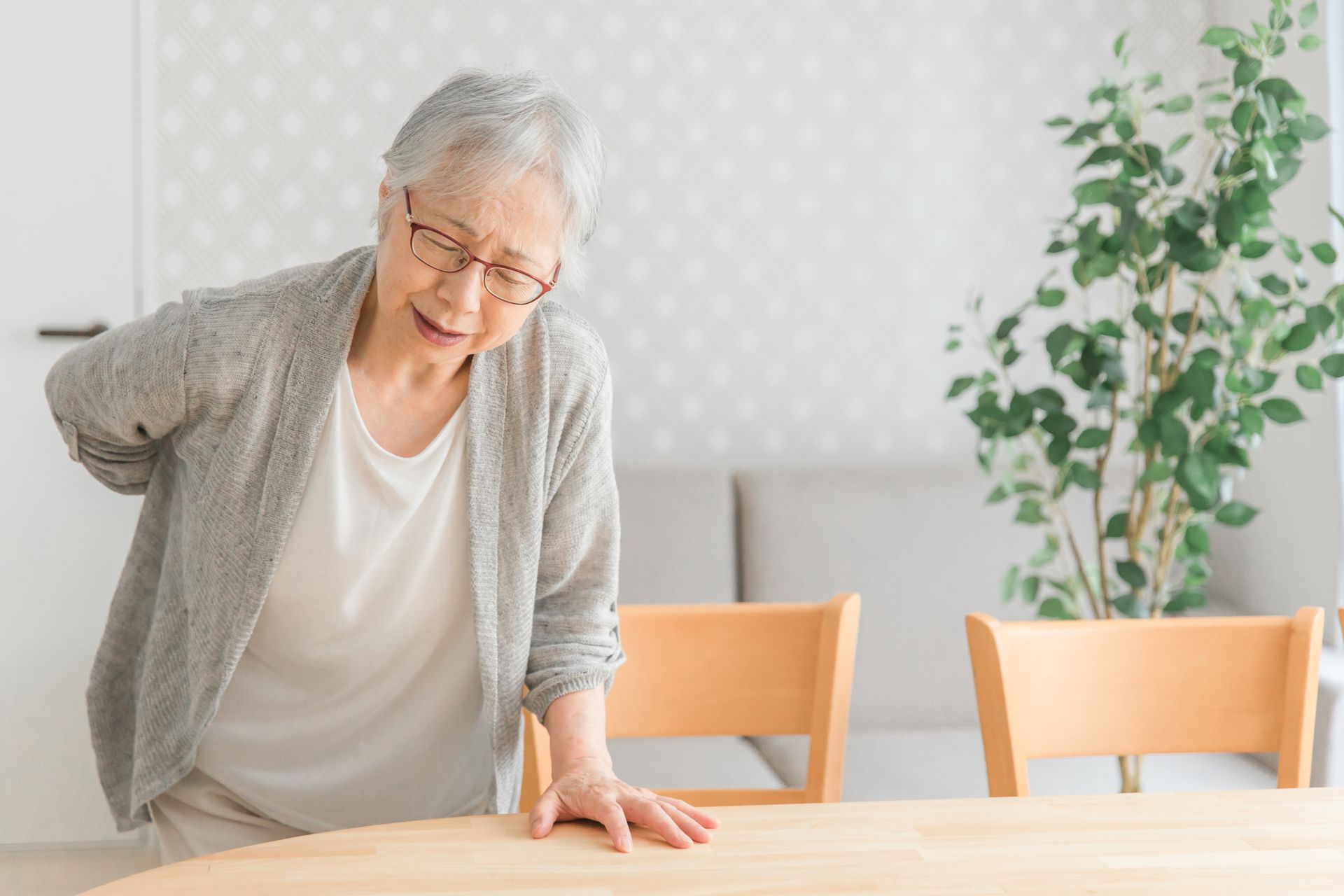
Osteoporosis, or osteopenia, is a major health concern in Australia, affecting approximately 853,600 people in 2022. However, the true extent of osteoporosis in Australia is likely to be more significant than this documented number, as many people with the condition remain undiagnosed.
This condition, characterised by weakened bones and an increased risk of fractures, disproportionately impacts older Australians, especially women post-menopause.
Living an independent life with osteoporosis presents unique hurdles for those who have the disease. This is because the risk of falls and fractures can make daily activities more daunting than they should be. But with the right precautions and support systems in place, anyone with osteoporosis can live independently and safely.
In this blog, we take a look at practical tips for managing osteoporosis, the importance of creating a safe living environment, and how medical alarms, like those from INS LifeGuard, can provide peace of mind.
Understanding Osteoporosis
Osteoporosis is a condition that leads to decreased bone density and quality, making bones fragile and more susceptible to fractures. Often called the “silent disease,” osteoporosis progresses without symptoms until a fracture occurs, usually in the hip, spine, or wrist. These fractures can lead to severe pain, long-term disability, and a loss of independence, which is particularly concerning for those who live alone.
In Australia, osteoporosis is a significant cause of morbidity and mortality among older adults. According to Osteoporosis Australia, one in four women and one in six men over the age of 50 are affected by the condition. As the population ages, these numbers are expected to rise, underscoring the importance of awareness, prevention, and management strategies.
Risk Factors for Osteoporosis
Several factors contribute to the development of osteoporosis, including lifestyle factors, medical conditions, medications, genetic predisposition, and age. Let us take a look at each:
Age
Bone density peaks in the early 20s and gradually decreases with age. After menopause, women experience a rapid decline in bone density due to decreased oestrogen levels.
Gender
Women are more likely to develop osteoporosis, particularly after menopause. Men can also be affected, especially those over 70.
Genetics
A family history of osteoporosis or fractures can increase the risk.
Lifestyle Factors
Poor diet, smoking, excessive alcohol consumption, and a sedentary lifestyle contribute to bone loss.
Medical Conditions and Medications
Certain medical conditions like rheumatoid arthritis and medications such as long-term corticosteroids can increase the risk of developing osteoporosis.
Living Alone with Osteoporosis: Challenges and Strategies
If you have osteoporosis and want to practice your right to live independently, there are certain measures you need to take in order to minimise the risks and ensure your safety. Here are some proactive strategies to help you live alone with osteoporosis:
1. Creating a Safe Home Environment
One of the most effective ways to prevent falls and fractures is to create a safe living environment:
Remove Hazards
Clear walkways of clutter, secure loose rugs, and ensure that cords and wires are out of the way.
Install Grab Bars and Handrails
Place grab bars in the bathroom near the toilet and in the shower or bathtub. Ensure handrails are sturdy on both sides of stairs.
Improve Lighting
Ensure adequate lighting in all areas of the home, including nightlights in hallways and bathrooms, to prevent tripping in the dark.
Non-Slip Mats
Use non-slip mats in the bathroom and kitchen to prevent falls on wet surfaces.
Rearrange Frequently Used Items
Place commonly used items within easy reach to avoid climbing or bending, which could lead to a fall.
2. Maintaining Bone Health Through Diet and Exercise
Diet and exercise play an important part in managing osteoporosis and reducing the risk of fractures:
Calcium and Vitamin D
Ensure adequate intake of calcium and vitamin D to support bone health. Dairy products, leafy greens, and fortified foods are good sources of calcium, while sunlight is a natural source of vitamin D.
Regular Weight-Bearing Exercise
Engage in weight-bearing exercises like walking, jogging, or dancing to strengthen bones. Resistance training with light weights or resistance bands can also help maintain bone density.
Balance and Flexibility Exercises
Practice exercises that improve balance and flexibility, such as Tai Chi or yoga, to reduce the risk of falls.
3. Regular Health Check-ups and Medications
Staying on top of your health is essential when living with osteoporosis:
Bone Density Tests
Regular bone density tests (DEXA scans) can help monitor bone health and assess fracture risk.
Medications
Adhere to prescribed medications that help maintain or increase bone density. Discuss with your doctor about medications like bisphosphonates, hormone therapy, or other treatments suited to your condition.
Manage Other Health Conditions
Keep chronic conditions such as arthritis, diabetes, and heart disease under control, as these can affect mobility and balance.
4. Building a Support Network
Living alone doesn’t mean being isolated. Building a support network is a great move for those with osteoporosis:
Stay Connected with Family and Friends
Regular communication with loved ones can provide emotional support and practical assistance when needed.
Join Support Groups
Consider joining a local or online support group for individuals with osteoporosis. Sharing experiences and tips can be beneficial and uplifting.
Community Resources
Explore community resources such as home care services, meal delivery, and transportation assistance to help manage daily tasks safely.
The Challenges and Strategies of Living Alone with Osteoporosis
Like with every other serious disease, living alone with osteoporosis comes with its own set of challenges, ranging from managing daily activities safely to reducing the risk of falls and fractures. Our free resource provides practical strategies and expert tips to help you deal with these challenges so you can maintain your independence. Download it today to discover how to create a safer home environment, adopt bone-healthy habits, and more.
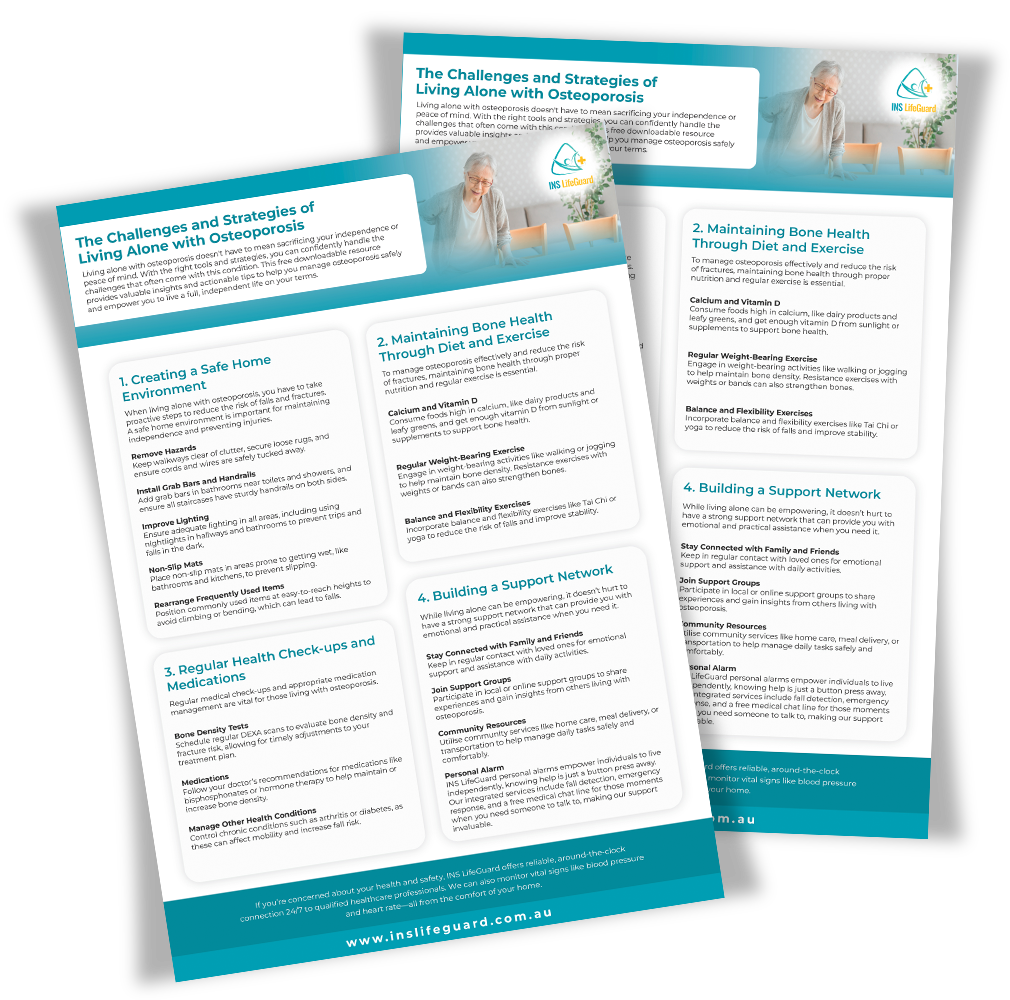
How Medical Alarms Provide Peace of Mind
For those living alone with osteoporosis, the fear of falling and not being able to get up is a common concern. This is where medical alarms, like those from INS LifeGuard, can make a real difference.
With a press of a button, our cutting-edge personal alarms provide immediate access to qualified nurses who can respond to sudden health issues and send help to your location if necessary.
Let us take a look at the features:
Immediate Response to Falls
INS LifeGuard’s medical alarms come with built-in fall detection technology. If a fall is detected, the alarm automatically alerts our 24/7 emergency response centre, even if the individual cannot press the button.
This feature ensures that help arrives quickly, reducing the time spent lying on the floor and minimising the risk of complications such as pressure sores.
24/7 Access to Qualified Nurses
With INS LifeGuard’s medical alarms, users are connected to a 24/7 response centre staffed by qualified nurses.
This means that, in the event of a fall or other health emergency caused by osteoporosis, users can speak directly with a nurse who can assess the situation, provide immediate advice, and coordinate emergency services if necessary.
Peace of Mind for Users and Loved Ones
Knowing that help is always available provides peace of mind, not only for those living alone with osteoporosis but also for their families and carers.
This reassurance can significantly improve quality of life, which enables individuals to maintain independence while feeling secure.
Conclusion
Living alone with osteoporosis presents unique challenges, but it is entirely possible to maintain independence while managing the condition as long as you have the right strategies in place. This includes creating a safe home environment, maintaining a healthy lifestyle, staying connected with a support network, and utilising technology such as medical alarms.
INS LifeGuard’s medical alarm systems offer a reliable solution for people with osteoporosis who are concerned about falls and other emergencies, giving peace of mind and ensuring help is always within reach. As osteoporosis continues to be more prevalent in Australia’s ageing population, it is of absolute importance to focus on proactive management and support to enhance the quality of life for those affected.
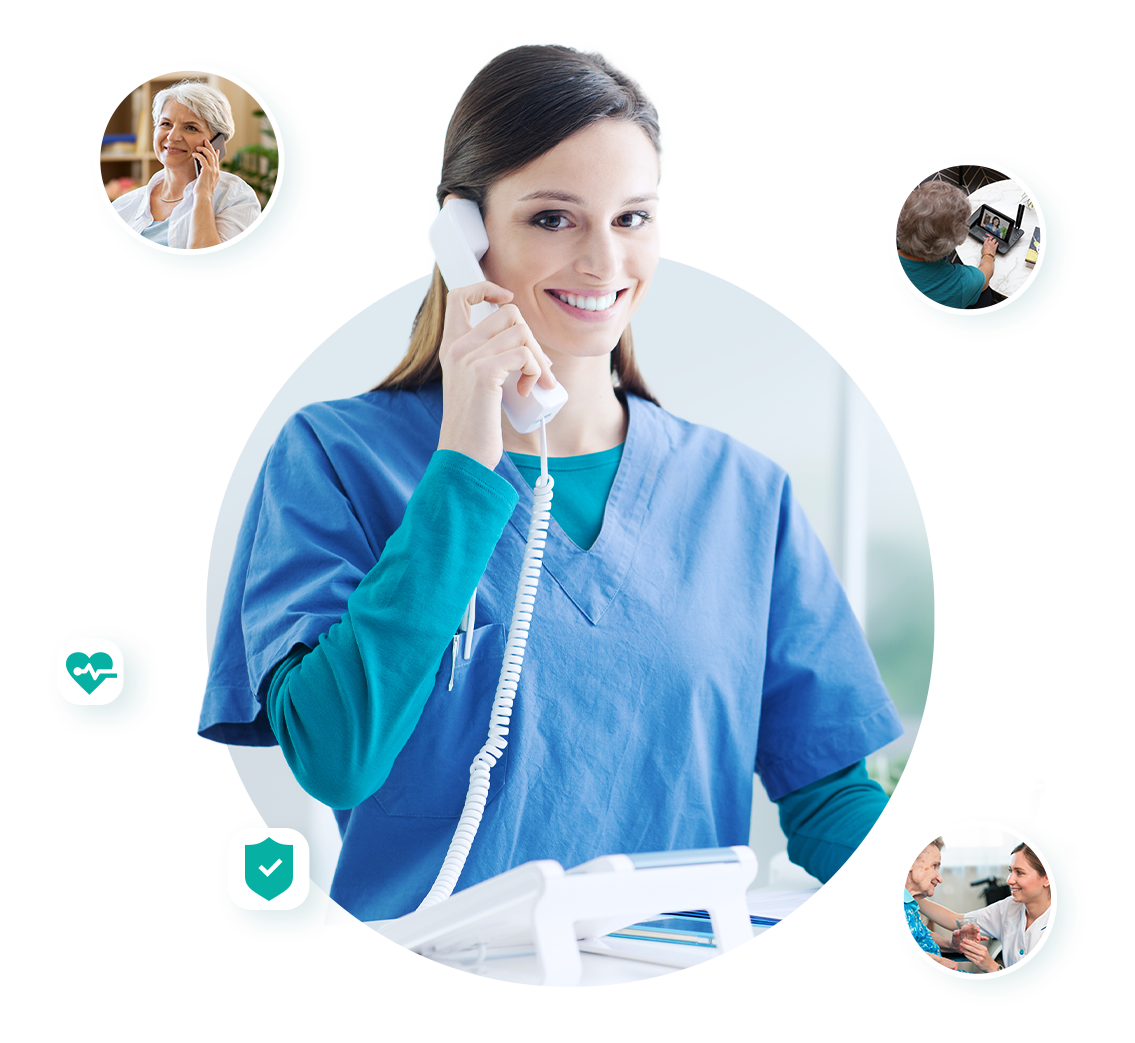
About
INS LifeGuard is the only 24/7 nurse on-call personal and medical monitoring in Australia. We provide monitoring technology for both in the home and on the go and can also monitor other provider's equipment. Our services are suitable for anyone wanting support to stay independent such as the elderly, those with medical conditions and disabilities plus enhancing safety and security for lone workers.
Related Articles

-
Visit our website here
I hope you enjoy reading this blog post
INS LifeGuard is the only nurse on-call personal and medical alarm service in Australia. If you would like more information about INS LifeGuards solutions, visit our website here.
I hope you enjoy reading this blog post.
INS LifeGuard is the only nurse on-call personal and medical alarm service in Australia. If you would like more information about INS LifeGuards solutions, visit our website
here.

INS LifeGuard is the only nurse on-call personal emergency response service in Australia. We have a commitment to healthcare innovation which includes personal alarms and medical alert solutions that make independence easier, safer and more enjoyable.
Our services support Seniors, Carers, Providers, NDIS Participants, Retirement Villages, DVA, Lone Workers and anyone that wants the security that help is a press of a button away.
LATEST POSTS
PO Box 485 Unanderra NSW 2526 Australia
INS LifeGuard
International Enquiries
INS CareCall supplies and monitors emergency response equipment and services, including hardware manufactured by Chiptech, Smart-Caller, SmartLink, and the LifeGuard L-Series Diallers.
Monitoring of alarms is provided through INS LifeGuard's unique Emergency Response Centre, which is the only personal alarm response centre staffed by qualified nurses. This is an important distinction.
Quicklinks
Supporting
PO Box 485 Unanderra NSW 2526 Australia
INS LifeGuard
International Enquiries
